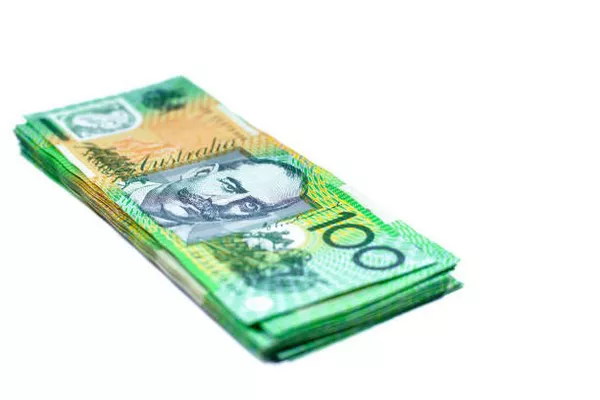When users search for information about the value of Australian $2 notes, they typically have two main intentions: assessing monetary worth and exploring collectibility and numismatics. In this comprehensive guide, we delve into the various factors that influence the value of these banknotes, from signature combinations to design features and historical context.
Signature Combinations:
Australian $2 notes feature eight signature combinations of the Governor of the Reserve Bank of Australia and the Secretary to the Treasurer. Different combinations correspond to different issuance periods, and collectors pay close attention to these signatures when assessing value. The variations in signatures reflect changes in leadership and economic policies over time, adding historical significance to certain notes.
Serial Numbers:
Serial numbers are another crucial aspect in determining the value of Australian $2 notes. Categories include first issued or first prefix, last issued or last prefix, general prefix (notes in the middle of the production run), and star replacement notes (with serial numbers beginning with “Z”). Certain serial numbers, especially those with unique patterns or low printing numbers, can significantly increase a note’s worth among collectors.
Error Notes:
Notes with printing errors are highly sought after by collectors due to their rarity and uniqueness. Examples of errors include missing color print, extra paper flaps, or mismatched serial numbers. These anomalies add a layer of intrigue to the notes and can fetch substantial prices in the collector’s market.
Specimen Notes:
Specimen notes are overprinted or stamped with the word “SPECIMEN” and are often used for promotional or archival purposes by central banks and monetary authorities. These notes are highly coveted by collectors for their rarity and pristine condition. Specimen notes provide insights into the printing process and serve as valuable additions to numismatic collections.
Design and Features:
The design of the Australian $2 note reflects the nation’s agricultural heritage, featuring John Macarthur, a pioneer of the wool industry, and William James Farrer, known as the father of the wheat industry. The note’s green, yellow, and black color scheme, along with variations in wording such as “AUSTRALIA” or “COMMONWEALTH OF AUSTRALIA,” adds aesthetic appeal and historical significance. The intricate details and symbolism incorporated into the design contribute to the note’s appeal among collectors.
Historical Context:
The $2 note was first issued on February 14, 1966, coinciding with the introduction of decimal currency in Australia. It remained in circulation until June 17, 1988, when it was officially replaced by the $2 coin. This period marked a significant transition in Australia’s monetary system, reflecting changing consumer preferences and economic trends. The coexistence of the $2 note and coin underscores the evolution of currency and the importance of adaptability in financial systems.
Actual Value Assessment:
While catalog values provide a baseline for assessing the worth of Australian $2 notes, they may not accurately reflect the current market dynamics. To determine realistic values, collectors and investors should consult sales history in public auctions and online platforms like eBay. Monitoring trends and fluctuations in prices can help gauge the demand for specific notes and identify potential investment opportunities.
SEE ALSO What Is The Highest Currency In Australia?
Conclusion:
Australian $2 notes possess both monetary value and historical significance, making them prized possessions for collectors and enthusiasts alike. Signature combinations, serial numbers, error notes, specimen notes, design features, and historical context all contribute to the overall value of these banknotes. By understanding the factors that influence their worth, collectors can make informed decisions and appreciate the rich heritage embodied in Australian currency. Whether as a tangible investment or a cherished keepsake, Australian $2 notes continue to captivate the imagination and preserve the nation’s cultural legacy.


